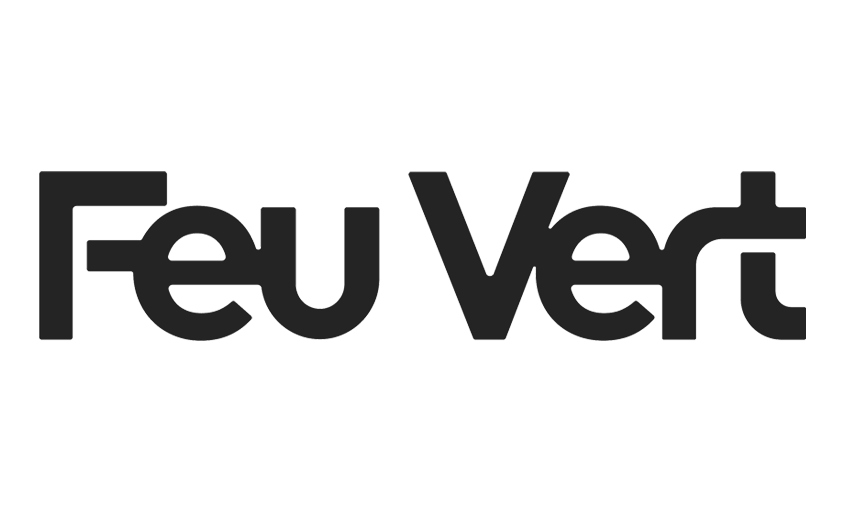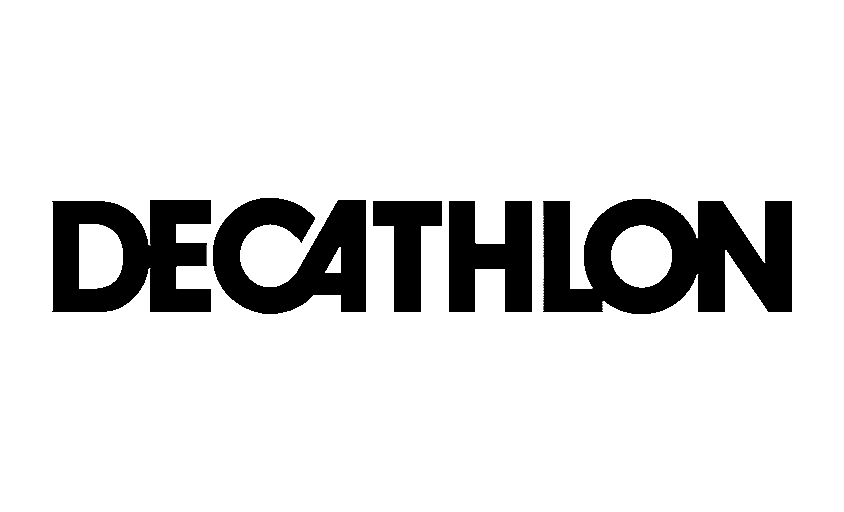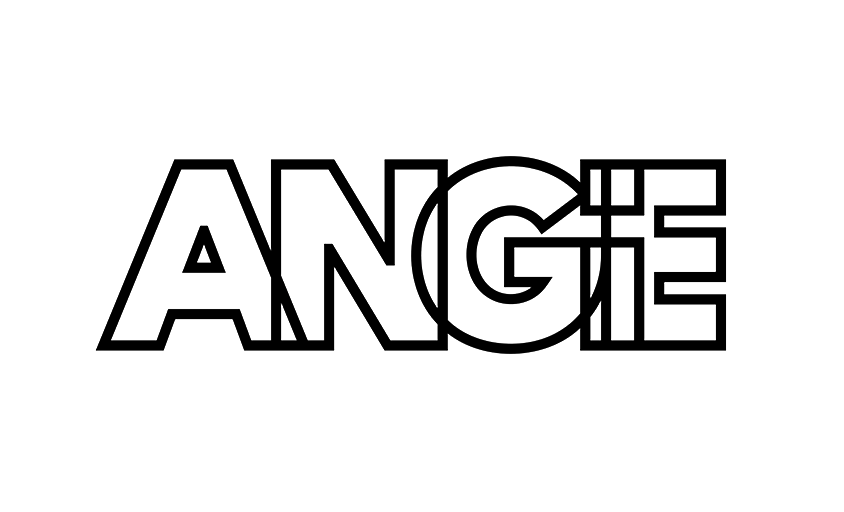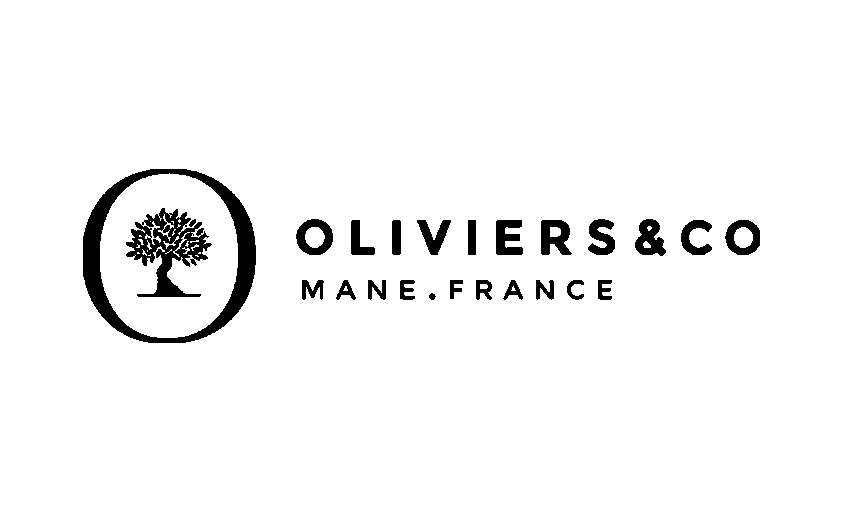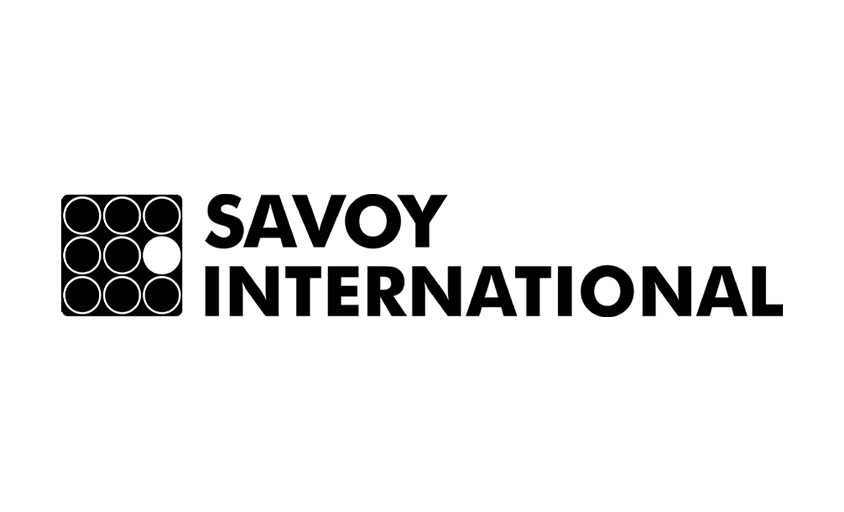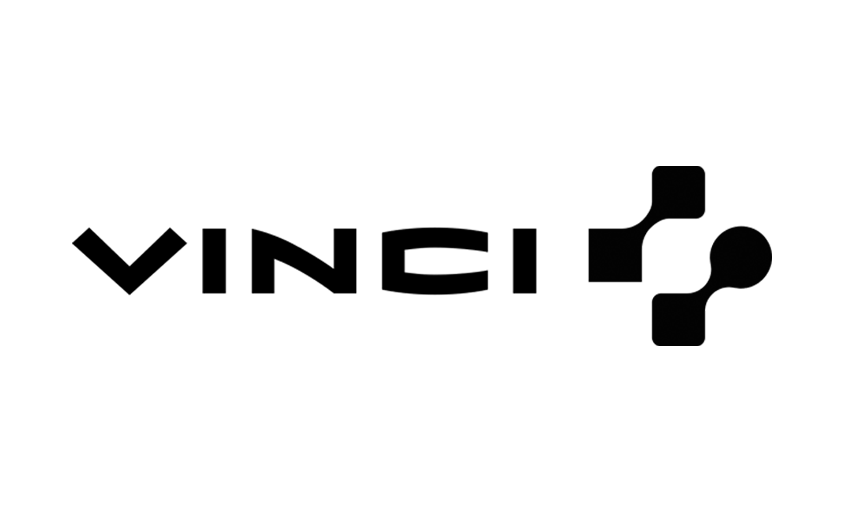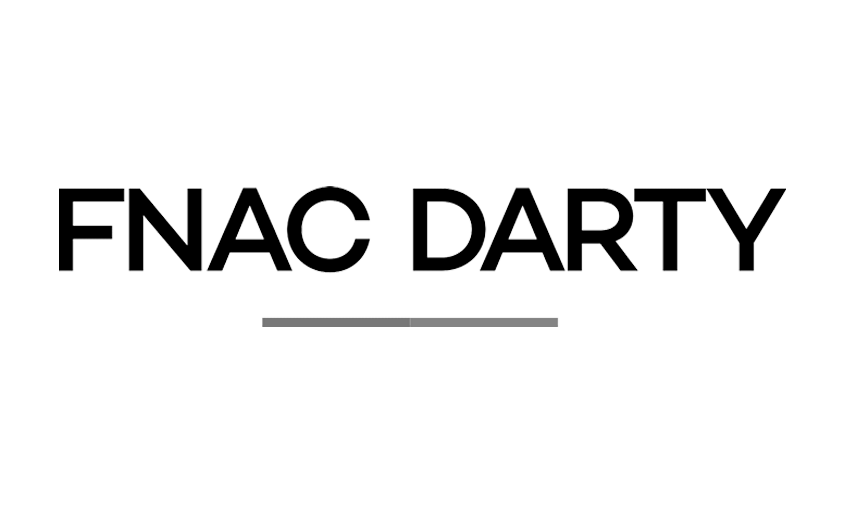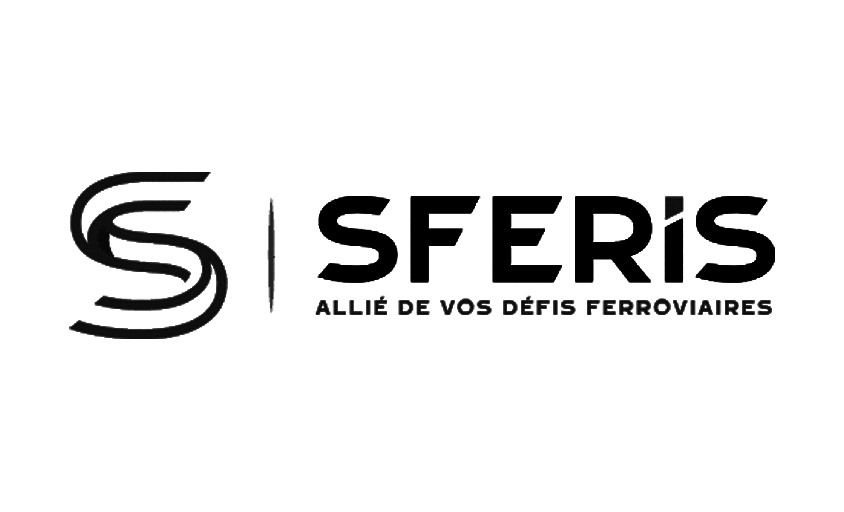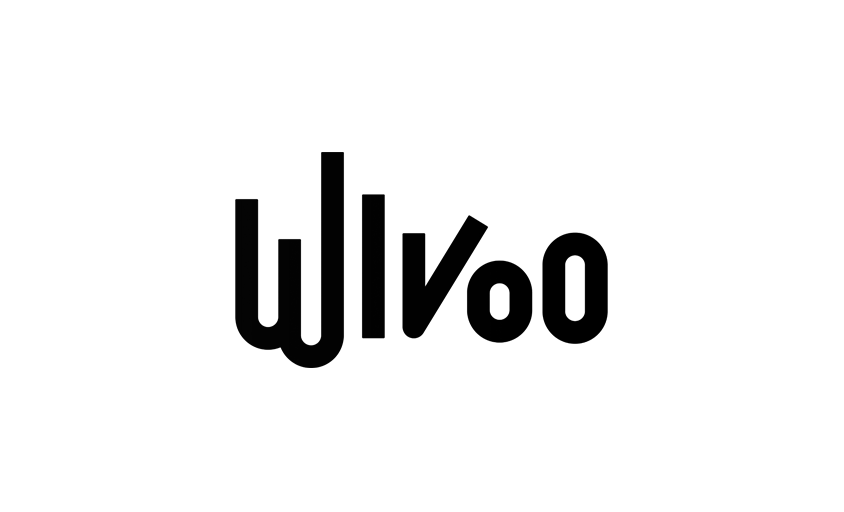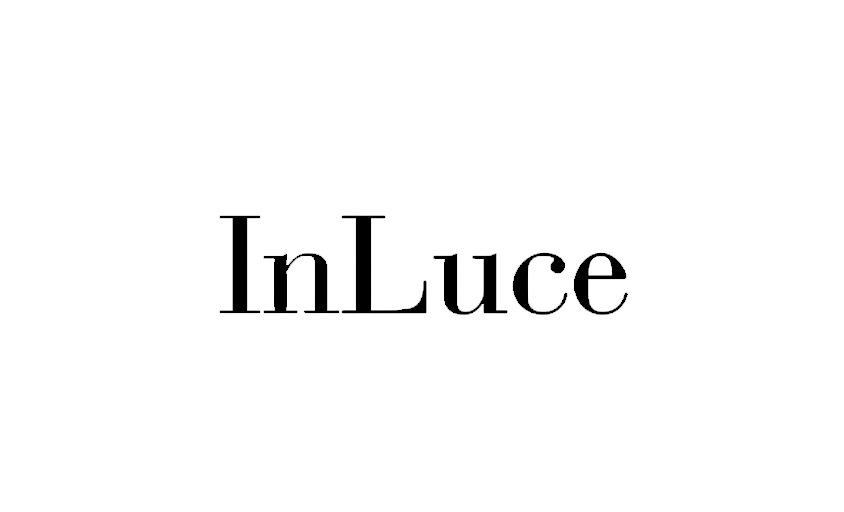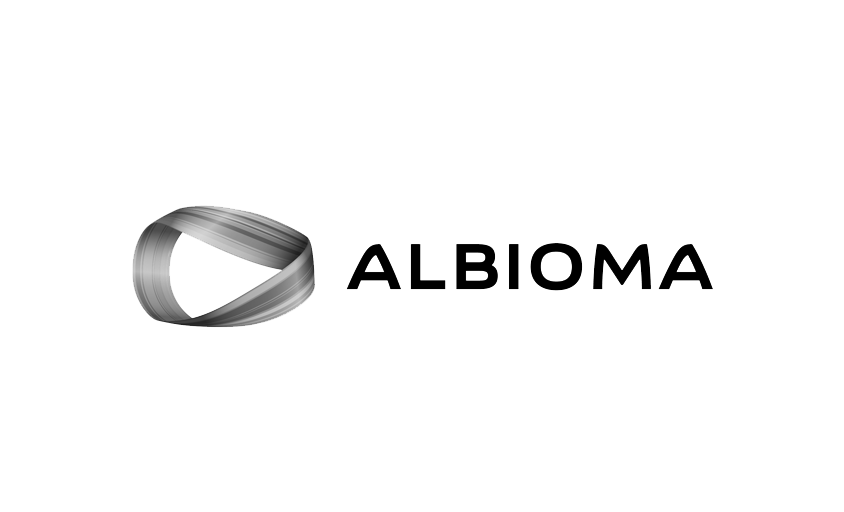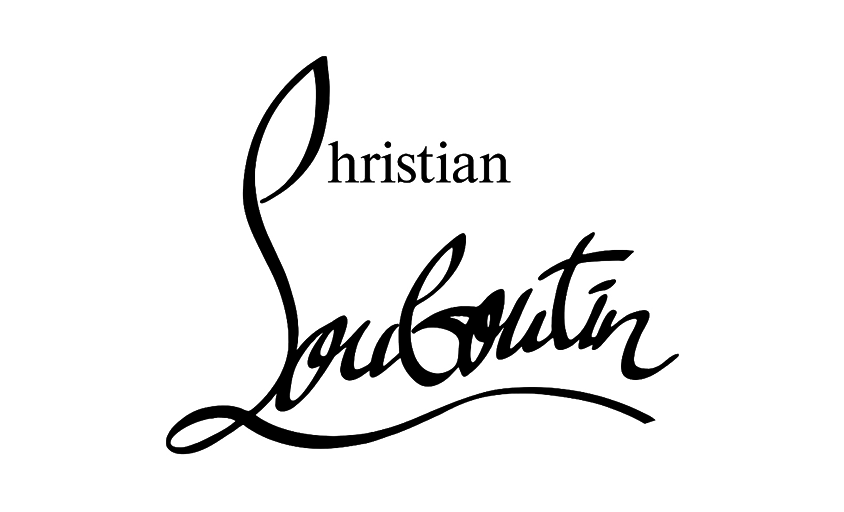Drone
In this article :
The term “drone” refers to an unmanned aerial vehicle, either remotely piloted or autonomous, capable of flying through the air. Derived from the English word “drone,” meaning “male bee,” the term was originally used in a military context to describe uncrewed aircraft. Today, its use has become widespread in the civilian sphere, particularly for photographic, industrial, and recreational applications.
Drone photography has transformed the image-making landscape, offering a unique aerial perspective and angles that were previously inaccessible. These remote-controlled flying devices, equipped with high-resolution cameras, allow photographers to capture landscapes, events, and urban scenes with unprecedented freedom and creativity.
Advantages of Drone Photography
- Unique Perspectives: Drones provide spectacular aerial views, opening new possibilities for landscape, real estate, and event photography.
- Accessibility: Capable of reaching hard-to-access places, drones enable image capture in varied environments, from mountain peaks to dense urban centers.
- Creative Flexibility: Drone photography encourages experimentation with angles and compositions, stimulating photographers’ creativity.
Technical and Legal Considerations
- Image Quality: Modern drones come equipped with cameras capable of capturing high-quality photos, featuring advanced capabilities like image stabilization and remote control.
- Regulations: In France, drone use is strictly regulated. For any professional use, activity must be declared to the DGAC (Direction Générale de l’Aviation Civile), and certified training is required. Flights must comply with altitude restrictions, geographic zones (restricted or prohibited areas), and sometimes require prior authorization.
Furthermore, when drones are used to capture images of identifiable individuals, obligations under the GDPR (General Data Protection Regulation) apply. Individuals must be informed, and in some cases, their consent must be obtained. The CNIL (Commission nationale de l’informatique et des libertés) reminds that flying over private locations or capturing personal data without authorization constitutes an invasion of privacy and may lead to sanctions.
What the Law Says
- Image Capture: Obligation to inform filmed individuals.
- Restricted Zones: Flights prohibited over certain urban areas, sensitive sites, or large gatherings.
- Declarations: Flight authorization and drone registration are required for professional use.
- Privacy: Any image that can identify a person falls under the GDPR.
Applications of Drone Photography
- Landscape Photography: Capturing vast natural or urban areas from a new angle.
- Inspections and Real Estate: Visual evaluation of properties and structures, offering a clear overview for buyers and investors.
- Events and Weddings: Aerial documentation offering a global perspective and capturing the scale of gatherings.
Challenges and Future Outlook
While drone photography offers immense possibilities, it also presents challenges, especially regarding privacy, safety, and environmental impact. The future of this discipline will depend on a balance between technological innovation and responsible regulation.
Conclusion
Drone photography has undeniably enriched the field of photography, enabling photographers to push the boundaries of image capture. With its potential to reveal breathtaking perspectives and showcase the beauty of the world from entirely new angles, drone photography continues to captivate and inspire.
Jérémy Carlo is the editorial director at Rétines, where he ensures the consistency and clarity of all content produced by the studio.
Our Clients
Let’s discuss
What we do for you at Rétines
Meticulous work, an organised project and fast delivery. And to achieve this, we mobilise the right resources in our teams at the right time.
01
Pre-production
Artistic and technical direction tailored to the project.
Relevant recommendations on content, form and resources.
02
Photo Shooting
Photos taken by our experienced photographers.
Production that’s controlled, efficient and tailored to the needs of the project, with nothing superfluous.
03
Retouching
Technique
Photographs magnified by our retouching team.
Post-production to meet the commercial challenges of the brief.

